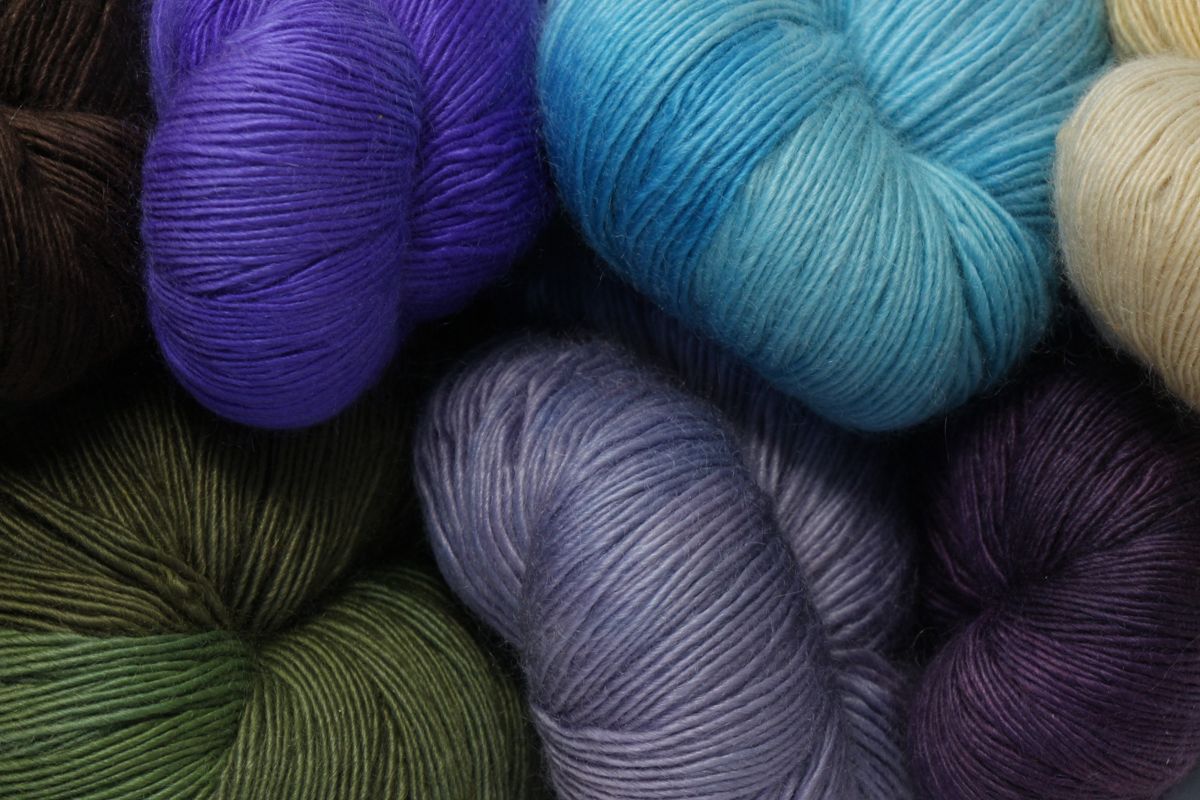The Luxury of What Is Cashmere: How It Enhances Your Wardrobe
The Luxury of What Is Cashmere: How It Enhances Your Wardrobe
Blog Article
Discovering the Different Sorts Of Cashmere a Natural Fiber for Ultimate High-end
Cashmere, a natural fiber, is usually related to high-end and comfort. Not all cashmere is developed equivalent. From the highly soft Mongolian selection to the lightweight heat of Indian Pashmina, each type provides its very own distinct features and allure. The a lot more budget friendly Chinese cashmere, the conventional Scottish version, and the high-end Italian mix, all inform a various tale of this amazing fiber. As we unravel the globe of cashmere, a deeper understanding of its true value and elegance begins to arise.
Comprehending the Lavish Nature of Cashmere
Cashmere, commonly associated with high-end and convenience, holds a special allure in the world of all-natural fibers. This soft, light-weight material is coveted for its outstanding warmth and exceptional longevity. Unlike other all-natural fibers, cashmere combines insulation with breathability, using unrivaled convenience across differing temperatures. Its lustrous coating and soft texture contribute to its high-end allure, validating the costs price that typically features cashmere garments. Furthermore, cashmere's integral wrinkle resistance and elasticity boost its value, making it a favored choice for costs clothing and accessories. Regardless of its delicate look, cashmere has a surprising strength, able to maintain its form and luxurious feeling with time. This unique blend of characteristics cements cashmere's placement as a symbol of elegance and indulgence.
Just What Is Cashmere and Where Does It Come From?

Cashmere is acquired from the soft undercoat of cashmere goats, largely located in Mongolia, China, Iran, and Afghanistan. This precise process contributes to the shortage and high cost of cashmere. With its beginning in the rough landscapes of Asia, cashmere is a testament to nature's capability to produce deluxe from difficulty.
Translating the Different Kinds Of Cashmere
Comprehending the different kinds of cashmere is vital to appreciating the top quality and unique qualities of this extravagant fabric. Usually, cashmere is classified right into three types: raw, virgin, and reused. Decoding these types is the first action in comprehending the exclusivity and value of cashmere.

The Unique Features of Each Kind of Cashmere
Having explored the various groups of cashmere, it emerges that each kind boasts its unique set of characteristics. Mongolian cashmere, for example, is renowned for its superior top quality, because of Mongolia's extreme winter seasons that produce longer and finer fibers. Conversely, Chinese cashmere is typically much more budget-friendly, though its shorter fibers can lower sturdiness. Scottish cashmere is commemorated for its beautiful soft qualities, a result of the standard water cleaning process using Scotland's soft water. Italian cashmere, meanwhile, is well-known for its skillful blending and coloring strategies, making it flexible and lively. Indian cashmere, additionally understood as Pashmina, is valued for its unbelievable agility and heat. Each type, hence, contributes to the fabric's online reputation for deluxe.
Why Cashmere Is the Embodiment of Luxury in Style
Cashmere holds an esteemed setting in the globe of fashion, regarded as a sign of luxury and sophistication (is cashmere a natural fiber). Cashmere is derived from the fine visite site undercoat of Get the facts Himalayan goats, known for their superior quality fiber. Cashmere's unrivaled comfort and resilience make it a popular material in the creation of premium garments.
The Process of Making Cashmere: From Goat to Garment
The journey of cashmere, from being an undercoat of a Himalayan goat to an extravagant garment, is a detailed one. With the development of spring, farmers in Mongolia and China collect the woollen by combing the goats, guaranteeing no harm is done. The acquired wool includes rugged outer hair and soft downy undercoat. This blend is after that fastidiously separated, with only the soft down utilized for cashmere. This raw cashmere is washed, dyed and spun right into thread. The yarn is then woven or weaved into fabrics. The last step includes washing and pushing to provide the fabric its characteristic soft qualities and heat. From goat to garment, each step is a testament to the creativity, skill and perseverance involved in crafting cashmere.

Conclusion
To conclude, cashmere, with its all-natural style and exceptional convenience, preponderates on the planet of high-end style. The variety in types, ranging from the soft Mongolian, light-weight Indian Pashmina, cost effective Chinese, typical Scottish, to the vivid Italian, reveals the versatility of this all-natural fiber. The meticulous process of changing great post to read it from a goat to a garment additionally adds to its exclusivity, making cashmere the embodiment of elegance and deluxe.
Cashmere, a natural fiber, is frequently associated with luxury and comfort (is cashmere a natural fiber).Cashmere, often connected with luxury and comfort, holds a distinct attraction in the world of natural fibers. Unlike other all-natural fibers, cashmere combines insulation with breathability, offering unmatched convenience throughout differing temperature levels. Cashmere is derived from the soft undercoat of cashmere goats, largely found in Mongolia, China, Iran, and Afghanistan. Cashmere is acquired from the great undercoat of Himalayan goats, understood for their premium top quality fiber
Report this page